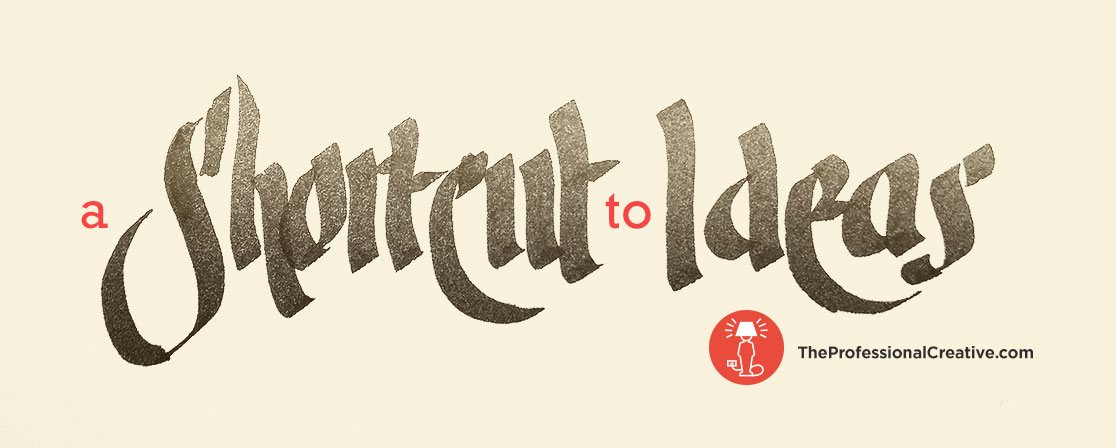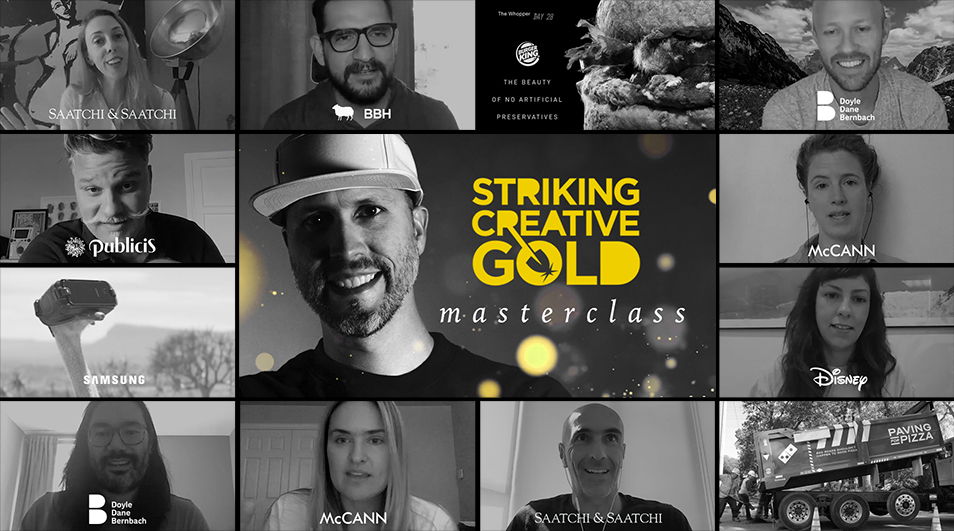One day I showed the image below to a couple of American colleagues. It shows a few "caboclos de lança", a carnival character very specific to a small region of north-eastern Brazil, where I'm from. They wear magnificent hand-embroidered cloaks, carry a white gillyflower between their lips and wear those amazing sparkling oversized wigs. Not to mention the massive spear they swing around.
The first comment I heard was about how much their shoes resembled Converses.

When exposed to something alien, our first instinct is to try to find a connection to something we already know. That's our way of making sense of the world. We will (unconsciously) try to use previous experiences to better understand new ones.
This concept can help us understand both how ideas are formed and how communication can be optimized by leveraging this fact.
Our brain is a pattern-seeking machine, working non-stop. A lot of what's going on we don't even notice. As scientists estimate, while our brain's conscious processing power revolves around 50 bits per second, its subconscious processing power is 20 times greater. In the back of our heads, every new bit of information is compared to previously acquired data in search of patterns or similarities, as a way of creating a shortcut to conclusions.
"Shortcut" is the very title of former Bill Clinton's speechwriter John Pollack. In it, he talks about the power of analogies in today's innovation and communication world. He illustrates his point telling us how Henry Ford's assembly line came to be:
 "One day, Bill Klann, a Ford employee whose colorful CV included gigs for a streetcar company, a blacksmith, a machine shop, and a shipbuilder, took a trip to a Chicago slaughterhouse. There, he saw a model of industrial butchering efficiency: animal carcasses moved by on overhead trolleys, while a series of butchers performed specialized tasks in sequence as the carcasses advanced. As Klann watched this bloody symphony of movement, he had an analogical epiphany: dismantling something (a carcass) was fundamentally similar to building something (an engine); therefore, adopting a moving assembly line at Ford would increase productivity and reduce costs, he felt."
"One day, Bill Klann, a Ford employee whose colorful CV included gigs for a streetcar company, a blacksmith, a machine shop, and a shipbuilder, took a trip to a Chicago slaughterhouse. There, he saw a model of industrial butchering efficiency: animal carcasses moved by on overhead trolleys, while a series of butchers performed specialized tasks in sequence as the carcasses advanced. As Klann watched this bloody symphony of movement, he had an analogical epiphany: dismantling something (a carcass) was fundamentally similar to building something (an engine); therefore, adopting a moving assembly line at Ford would increase productivity and reduce costs, he felt."
An analogy is a bridge between a new idea and a previously existing one. The power analogies have, as Pollack describes, is the same power I call the "brain popcorn effect". Once a new bit of information is absorbed, our brain will try to connect it to concepts it already understands. If the "bridge" is successful, that little bit of information (the kernel) will be associated with a much larger amount of information, quickly turning it into a much larger concept in your brain, like a popcorn.
The Creativity Hack
The way I see it, there are 2 main ways in which analogical thinking can help us creatively: a) sparking ideas, as we allow our brain to laterally connect dots and create new ideas; and b) expressing ideas, as we deliberately use analogies to supercharge communication.
Analogies Sparking Ideas
Just like Bill Klann saw the meat being moved overhead around the slaughterhouse and imagined that concept translated into car manufacturing, we can use analogies to get our minds to unexplored places.
While a lot of that can happen in our subconscious, it's also a good idea to deliberately push our brain to create analogies. Looking at other industries and their practices can be a great way of innovating. What if we marketed fuel like Coca-Cola markets soda? What if we sold carrots as if it were chips? What if we matched customers with our products like dating websites match couples?
Analogies Supercharging Communication
Analogies are a way of saying a lot using very few words. By deliberately associating a new idea with an existing concept, the audience can fill in the blanks quickly – just like your browser can auto-complete forms on websites.
Steve Jobs didn't have to explain step by step how the visual interface worked when the first Mac was launched. All he had to do was say it would work like the office you already have. With a "desktop" and "folders" and "trash bin" and "documents" and "files".
The best analogies make use of as much existing information as possible. Apple famously claimed "The iPhone 6 is made with the precision you'd expect from a finely crafted watch". With that statement Apple applied all the information and opinions people have towards fine watch craftsmanship to their product. The analogy added a lot of information to the message and further distanced the product from the allegedly flimsy competitors.
Analogies can be very powerful in communication. Do YOU remember any advertising, or movie quote, or book passage that was made powerful by the use of analogy? Share it with us in the comments.


No comments.